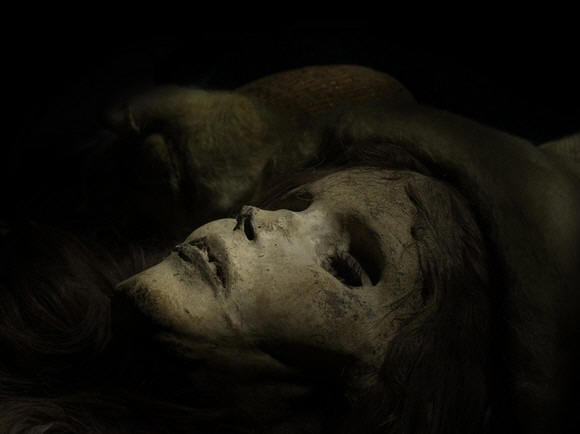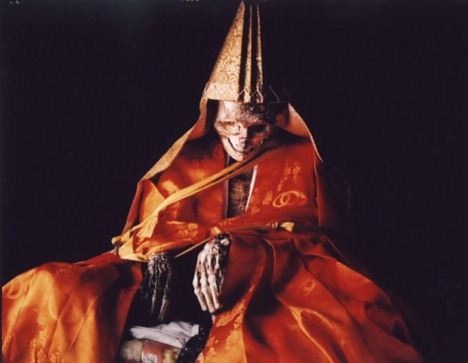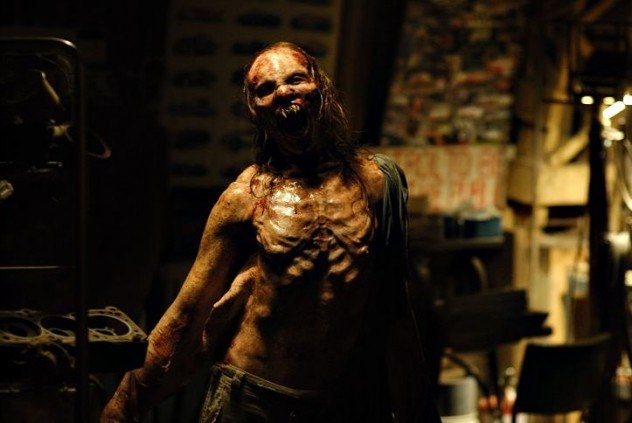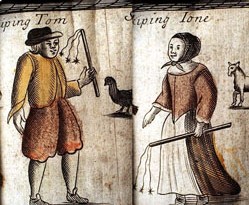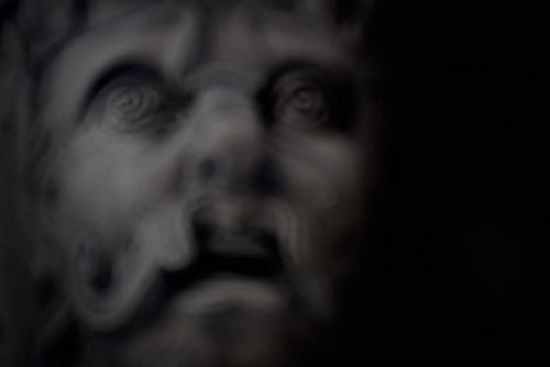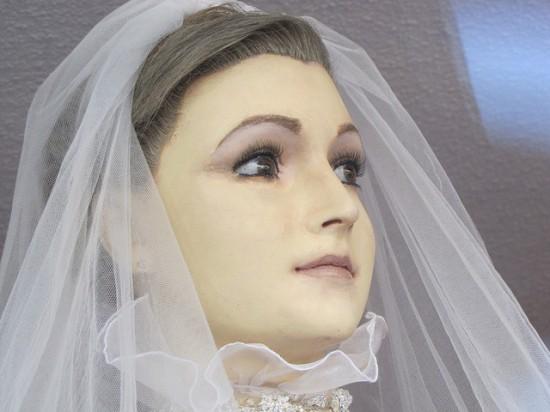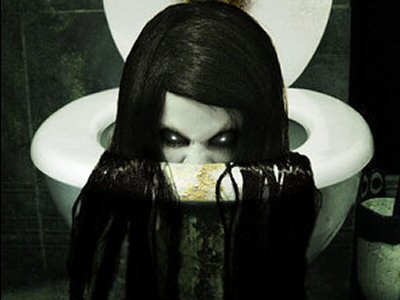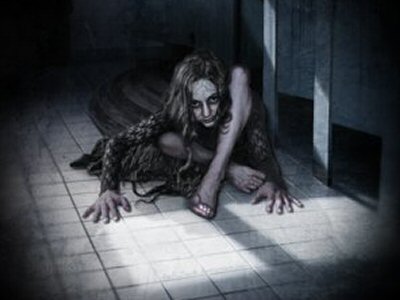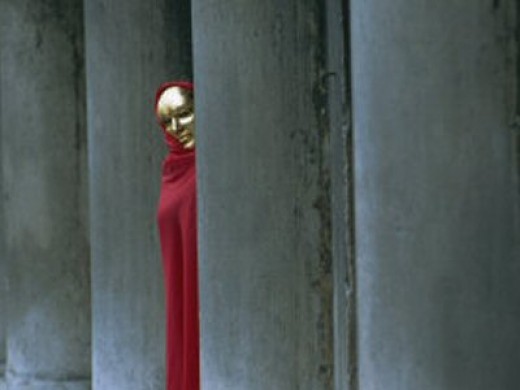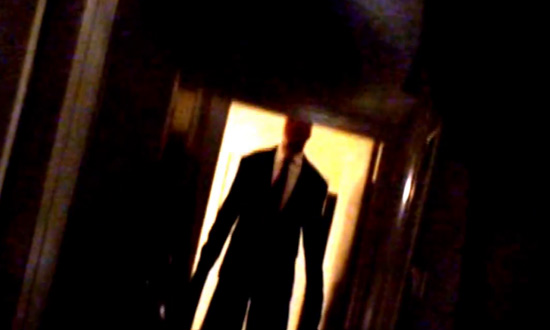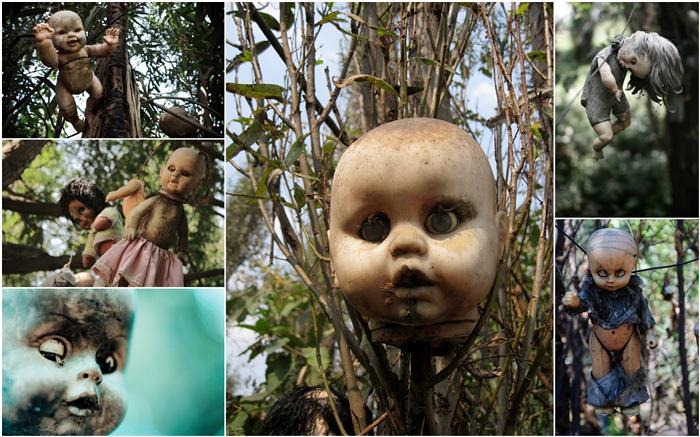
The Island Of The Dolls (Isla de las Muñecas), located in the vast network of canals that lies to the south of Mexico City, near Xochimilco is one of the creepiest tourist attraction in Mexico. Here, among the branches and dead trees hang hundreds of old, mutilated dolls. The story goes that some half a century ago a little girl drowned off a small island hidden deep amongst the canals of Xochimico. The island’s only permanent inhabitant was a hermit named Don Julián Santana Barrera, who despite having a wife and family, chose to live alone on the island. Soon after the girl’s death Barrera fished out one doll after another from the canals. Convinced that this was a sign from the evil spirit, Don Julian Santana began hanging them on trees to protect himself from evil and calm the spirit of the dead girl. Soon Don Julián had made the entire island into a shrine.
What doesn’t help this place becoming a popular travel destination is the fact that almost every single tree is decorated with deformed and mutilated dolls. The dolls almost seem evil and I seriously wonder where one would buy such creepy dolls. As you walk the island, it supposedly feels like you are being watched at all times. Well of course creepy toys aren’t enough to make this a candidate for scariest place in the world. You guessed it, the island is supposedly haunted! Even though the island is totally abandoned, over 50 years ago, a man named Don Julian Santana left his wife and kids and moved there to live the rest of his life alone. When he was living there, the body of a dead little girl came floating up in one of the canals. Don Julian thought he had become haunted by her spirit. He began to collect dolls and decorate the island with them. He would trade vegetables and fruits in exchange for any dolls. The dolls were believed to be used by Don Julian as a shrine for the spirit that haunted him. Over the 50 years that he lived there, he continuously collected dolls and decorated them all over the island, until he died.
Mexico's Creepiest Tourist Destination : Terrifying Island of Dolls

